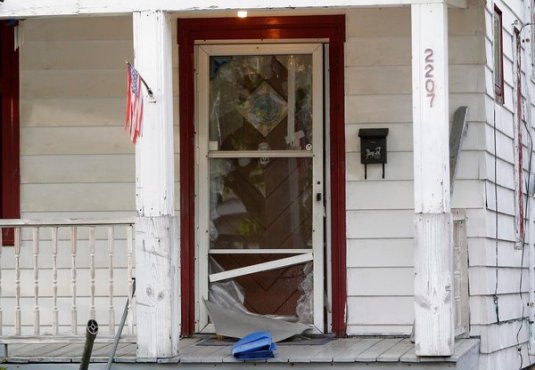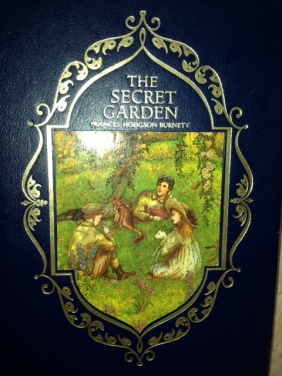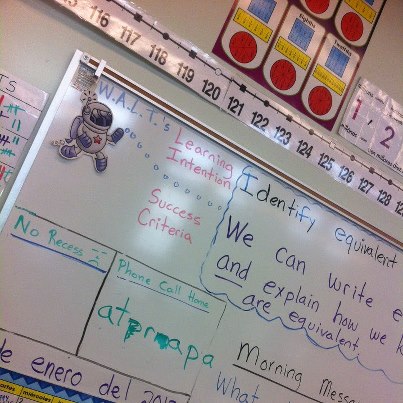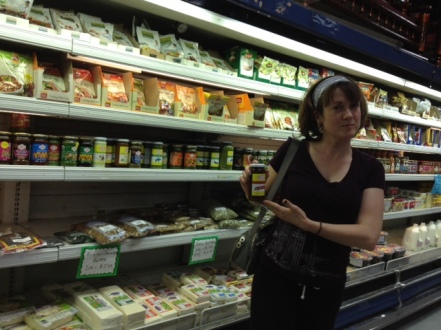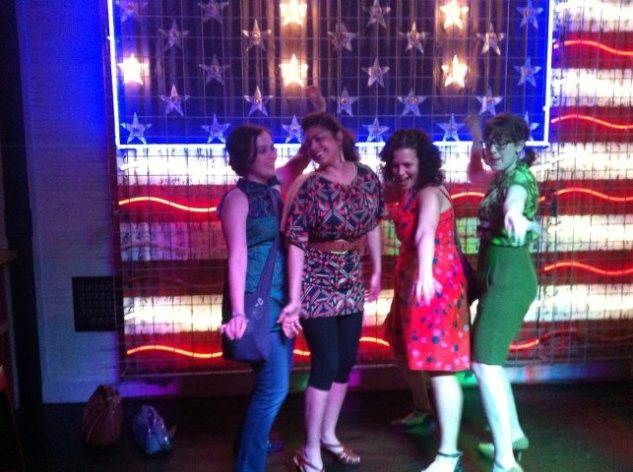“Mrs. Lennox,” says the young officer in a trembling voice, “you ought to have gone to the hills two weeks ago.”
“Oh I know I ought,” she cried. “I only stayed to go to that silly dinner party. What a fool I was!”
This passage is one of countless times “The Secret Garden” reminds us that Mary Lennox’s mom was a fun, frivolous, gorgeous, pitiful excuse of a parent. About Daddy Lennox we learn nothing. Being a colonial officer in India seems to get one off the hook for child neglect – which is what was happening to Mary all her life up to that cholera epidemic that left her orphaned. In the nursery. With a snake.
“This is sad,” my daughter interrupts. I promise her that the saddest bits of the book would soon be over. If she was too sad or too bored, I say, we can stop.
She appears to be the opposite. Take the aforementioned exchange between Mrs. Lenox and the young officer.
“What do they mean ‘go to the hills?’” daughter asks.
I explain to her that the hills are “hill stations,” where the climate cools as the elevation soars, and where mosquitoes and attendant diseases fear to tread. I remind her of our own trip to the hills, 28 hours in Kodaikanal in Tamil Nadu State, elevation 2,200+ meters.
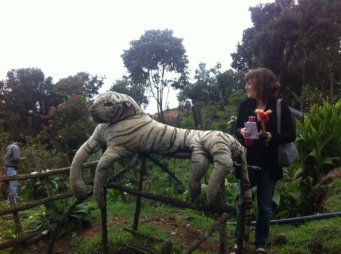
A brush with Kodaikanal wild life.
Family Tourism & Colonialism
Turns out, Mrs. Lennox really did miss out. Kodaikanal is overrun with tourists and natural beauty, verdant commercialism and glorious displays of green (the forests) and grey (the mists). Monkeys, too. The streets are narrow and steep, rows of veg restaurants and chocolatiers and ice cream counters and craftspeople making some of the most beautiful things I saw that entire trip. Life there is cooler. Saris are topped with knit caps, shawls and sweaters.
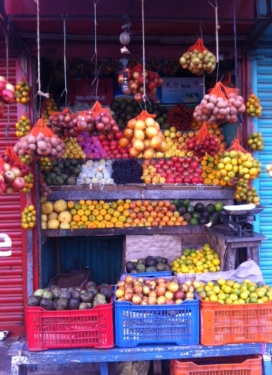
Nature’s bounty served up roadside in Kodaikanal.
Scenery that day included the Kodaikanal International School – and here is where reading “The Secret Garden” became this unexpected hybrid of history lesson and trivia showdown. Not far from Kodai’s Tibetan Market are the grounds of the International School. Just walking past the iron gate and peering into the brick buildings and emerald grounds of the school leaves the impression that you’re brushing up against academic opulence and exellence, crossed with the visual appeal of Hogwarts.

A photo from the Kodaikanal International School website.
I asked my uncle about the school. “Is it expensive? Is it good?” He answers promptly and positively to both. Back in the States, I looked up more information on the school. It was built in the early 20th century to accommodate the children of missionaries who could not weather the heat and illness of lower-elevation India. Later, in the 1970s, the Kodaikanal International School became India’s first International Baccalaureate-certified school.
So it was a great way to connect Mrs. Lennox’s vague comment “Oh the hills!” to our sight-seeing in Kodai.
But any reader understands that Colonial literature – even the children’s variety – can’t keep its worst secrets for long.
Soon my daughter is asking more questions.
“Why didn’t Mary live with her ayah’s family in India?”
“Why didn’t Mary stay in India because she already spoke Hindi, probably, so she would do okay in school there?”
“Why didn’t an Indian family adopt her?”
All of the above were harder to explain – even to a well-traveled bilingual kid. I tried it briefly and vaguely, getting across the notion that countries don’t colonize in order to learn and to cultivate the cultures of another. We talked about “the sun never sets on the British Empire,” about why English schoolchildren in India were educated in English – not Hindi, about how this explains the prevalence of the English language in India today. About why an ayah could never adopt an English girl in 1910. About why ayahs and servants did not have names in books like “The Secret Garden.”
Frances Hodgson Burnett: Not a Little Princess
Then I dug around a bit about Frances Hodgson Burnett – doing some unofficial, hodge-podgey research across a few sites. What was she like, writing about English girls rescued from cholera, despondent but debonair uncles and Sara Crewe, the poor little rich girl of “The Little Princess?” If I remember right, there were ties to Indian diamond mines and colonial opulence in that novel, too. And I had loved it.
Well, Frances Hodgson Burnett struck it rich herself, born into privilege in Manchester as she was. She lost some of the family wealth as a very young child with a suddenly widowed mother and many siblings. As a teenager she and the family emigrate to the U.S. on the invitation of a brother who owns a dry goods store in Knoxville. But they arrive in Knoxville in 1865 – the end of the Civil War. From Manchester to Knoxville, anyone who made any money on American cotton economy isn’t making it any more.

Frances Hodgson Burnett in another photo I didn’t take.
A teenager still, Burnett starts writing more than she ever had before. In a cabin she shares with family she churns out stories and novels so prodigiously that within a few years the 19-year-old is supporting her family. American dreaming, indeed.
Lots of other things happen to her. Suitors, marriages, stage adaptations, best sellers, two years in Paris with her doctor husband, the loss of her teenaged son to tuberculosis. A divorce and disastrous remarriage to an actor who is ten years younger.
None of these things are things I tell my daughter. She seems unperturbed after my first bumbling attempt at “Colonialism 101 for First Graders.” By chapter three it is all about the moors. What do they look like? What is heather? Are they still there?
I think about switching to a much-abridged version of “Wuthering Heights” by way of explanation. I don’t. Heathcliff is such an asshole sometimes. Maybe in middle school we can talk about the dangers of falling in love on the English moors. For now, we look up pictures of them on the Internet.
From Frances to Francine Nolan
But wait! There’s more. Six months ago I bought my third copy of “A Tree Grows in Brooklyn.” My mom bought me my first when I was 11 or so. Maybe ten. I read it every summer after that. Francie! If you know her, you love her. The way she studied and odd-jobbed herself across Williamsburg and adored her drunk of a dad and completely understood her mom loved her, but not nearly as much as she loved Francie’s younger brother. She took it all in and wondered and worried and wrote. She boards the Wolverine train and goes to college.
But the book is gritty. It’s about being poor and Irish and Catholic and being welcomed or pitied or hated for all of it, while holding on/shaking off the perverse privilege of judging others who are more poor than you, or Jewish or Italian. Remember the unwed Italian girl and her steady diet of non-Italian food? Out pops a positively German-Irish-looking baby and the whole family is relieved.
I thought about not giving that book and its turn of the century biases and slurs to my 11-year-old. Or not reading, ever, “The Little Princess” to my daughter. Maybe they won’t ever want to read either. This seems highly likely.
Secrets in Books: Share Them
But secrets belong in gardens, slurs belong on bookshelves, and of course they need to be explored and weeded out and put in their proper place. America just celebrated Jackie Robinson Day. We took the kids to see a play and movie based on 42’s life. In both instances, words were not minced. A boy in the row behind us whispers: “Is it okay to say the n-word like that?”
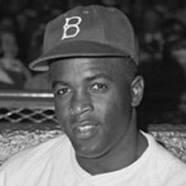
Jackie Robinson, no. 42.
At intermission of the play “Jackie and Me,” playgoers got to meet and to talk with a man who played for the Negro League Chicago American Giants and nearly made it to the MLB Chicago Cubs in 1955, before injury ended his pitching career when he was still a teenager. My eldest could not believe this. He was stunned, his cheeks deepened red, when he asked Dennis Bose Biddle: “Did you know Jackie Robinson?”
“Yes, he opened the door for me. I asked him if he ever felt like quitting. ‘Every Day,’ is what he told me. But he stayed on.”
So stay the books. And I’ve added to the collection between my childhood and my kids.’ Certainly, important titles remain missing. Suggestions are welcome.
“A Young People’s History of the United States.” “A Tree Grows in Brooklyn.” “Living Up the Street.” “The Little Princess.” “The Little Prince.” “Jackie and Me.” “The Diary of Anne Frank.” “To Kill a Mockingbird.” “Going to Meet the Man.”
Some are for now and some are for later. Some entertain and some inform. Most do both. Some make you feel like you’d be a hero in the French Resistance, certain you’d be an abolitionist among southerners, a Freedom Rider among fear-mongerers. The best books, I think, make you really uncomfortable when they make you ask of yourself: “But really, would I really be any of those things? Living then with the raw material I am today, would I have had the courage?”
All these books should be shared. I can’t tell my kids they have to read them. But the books will be there. Just in case. In the meantime, at bedtime, my daughter trades in “The Secret Garden” for “The Diary of Wimpy Kid.” This will take time.


